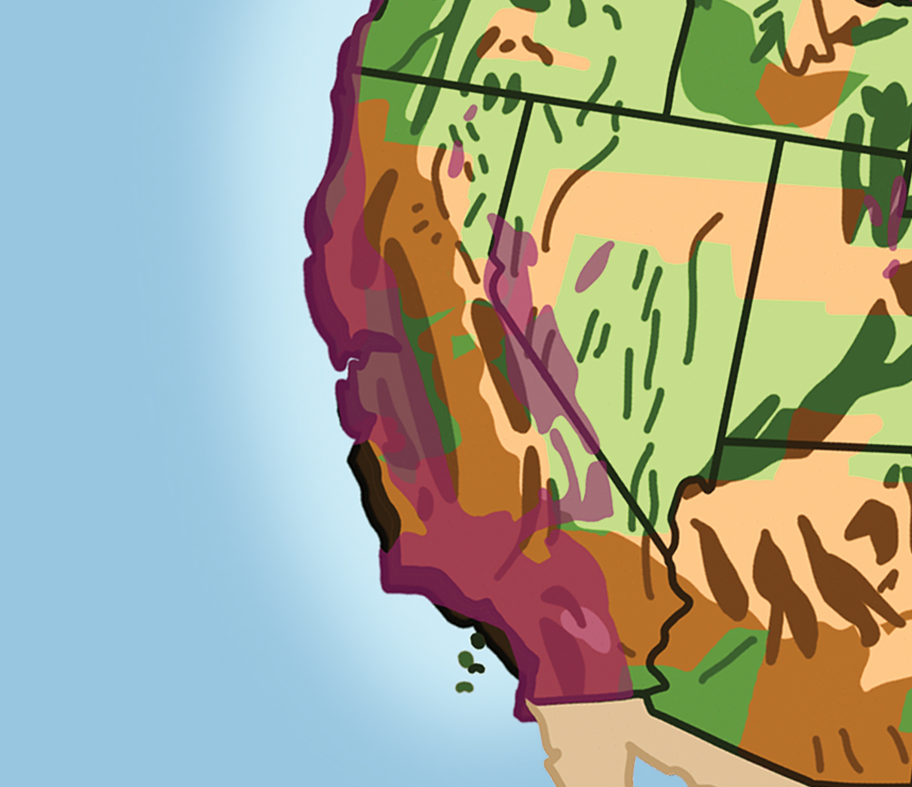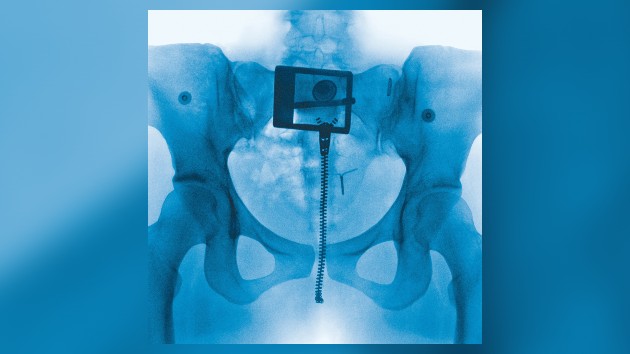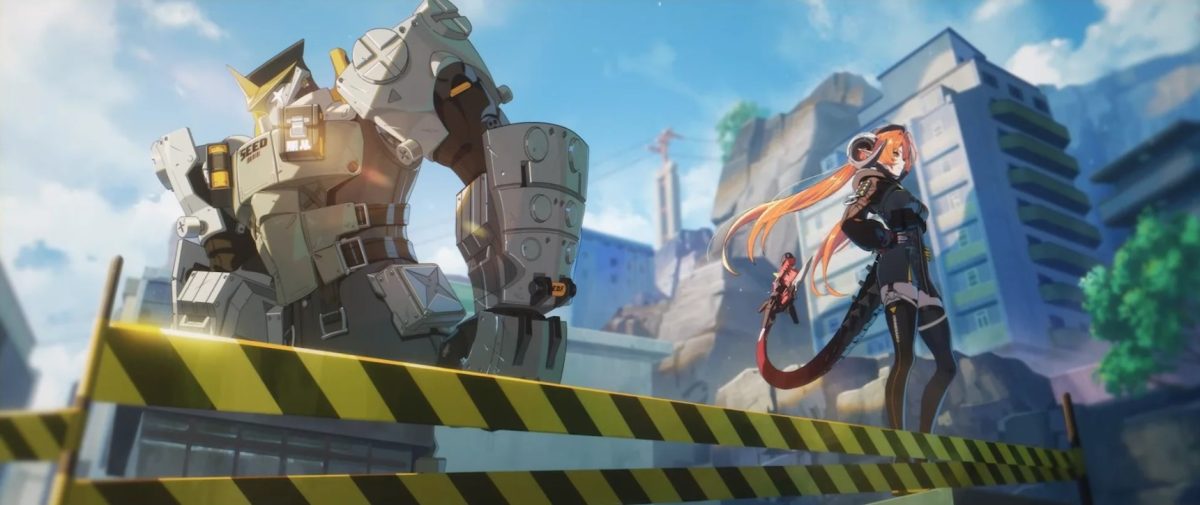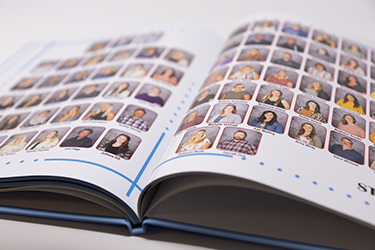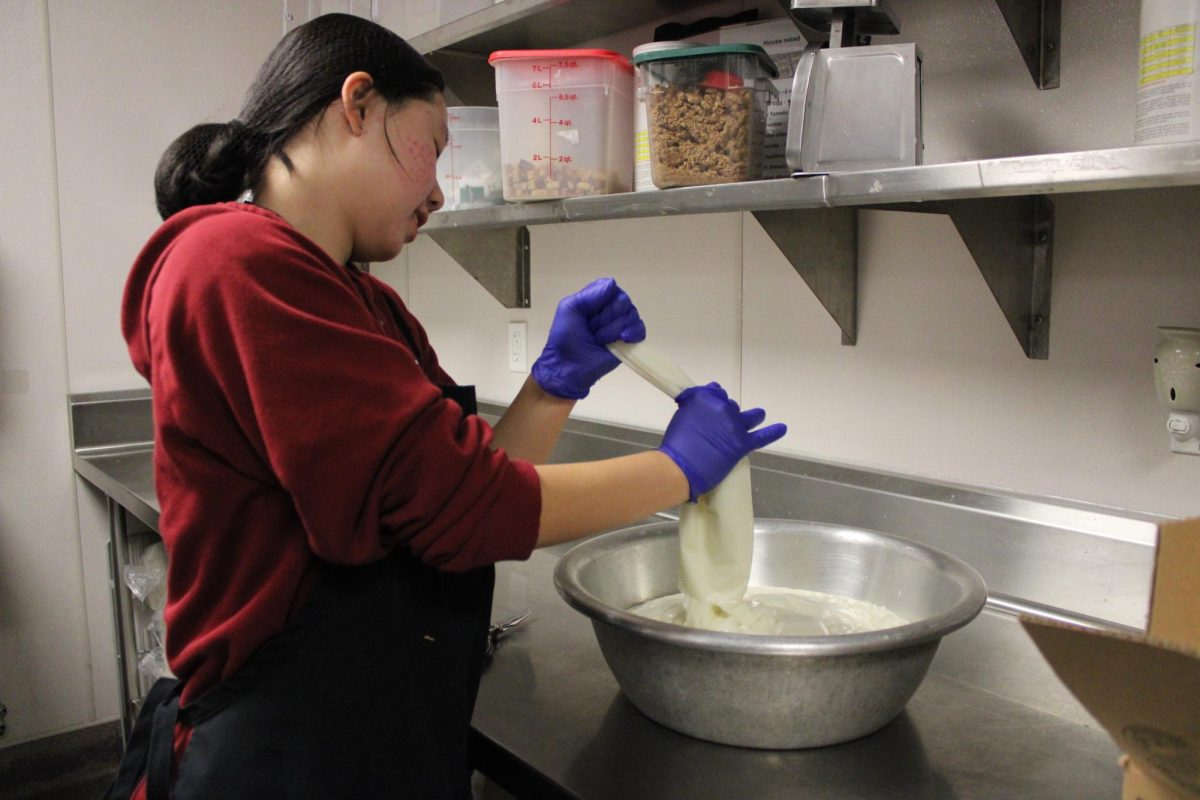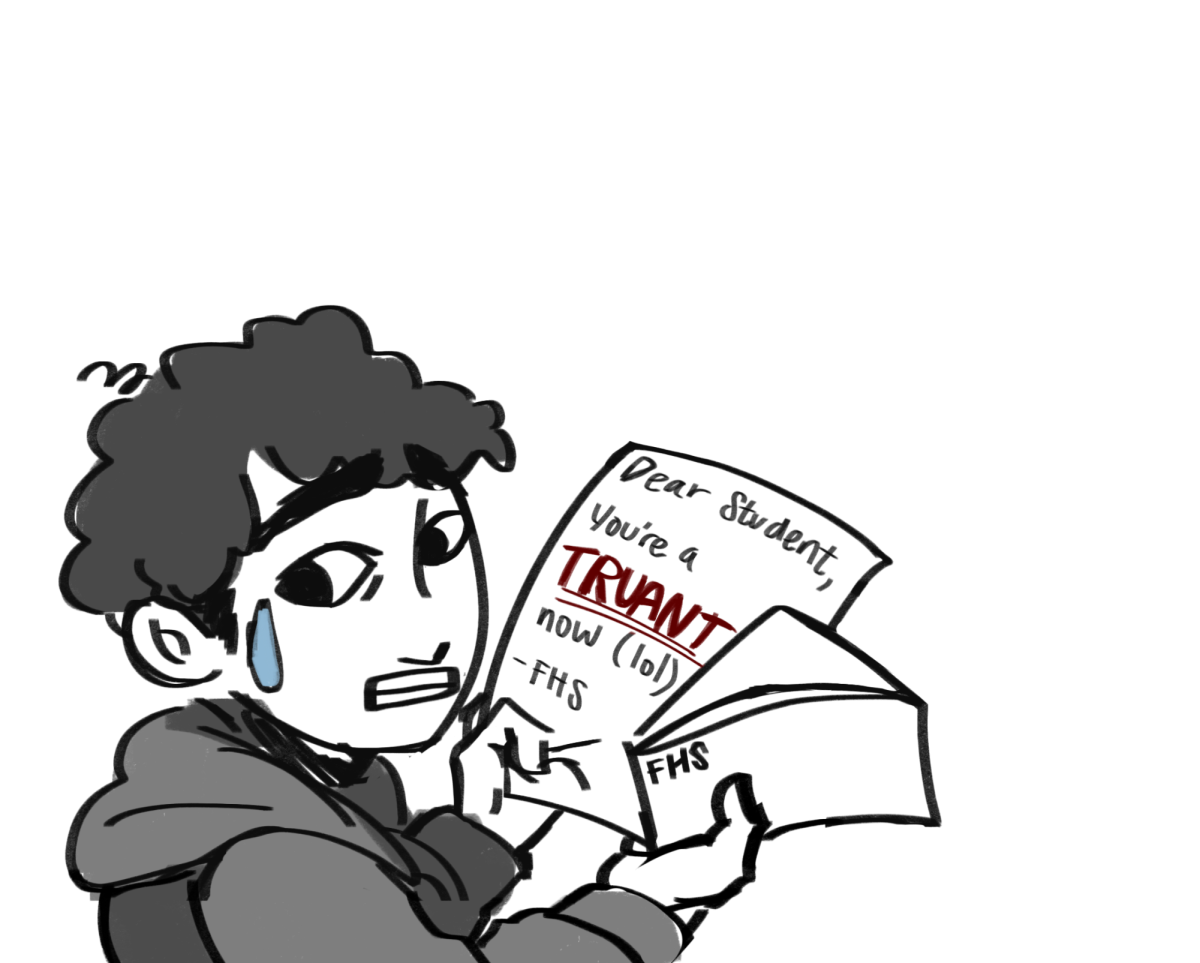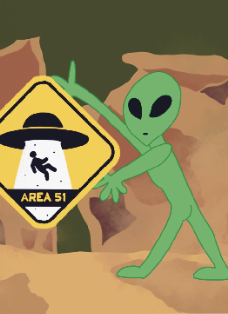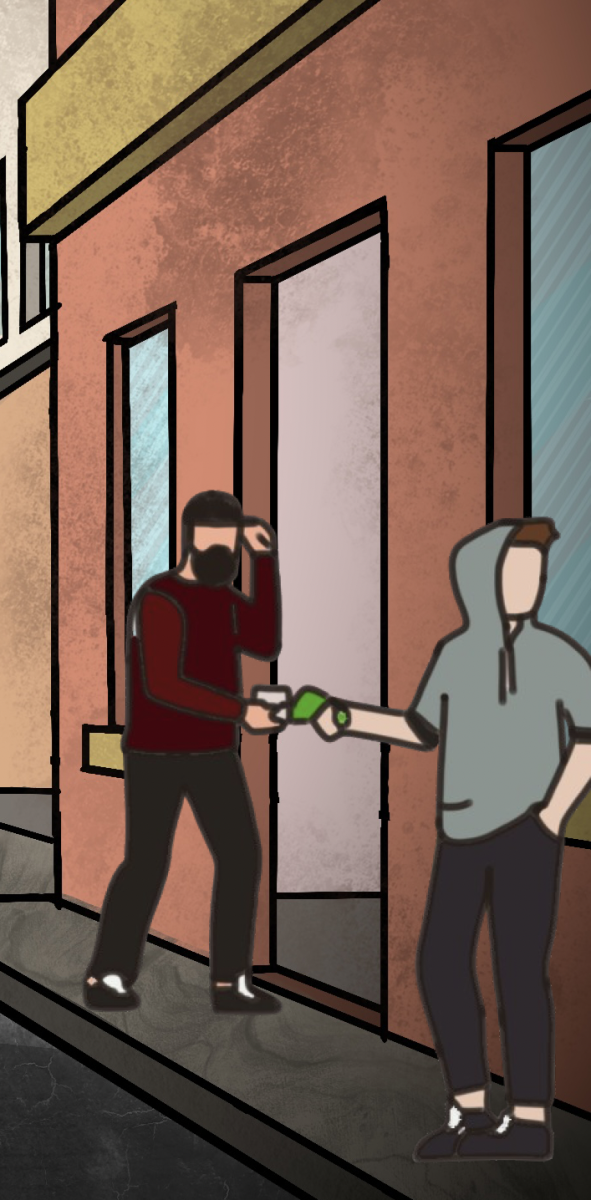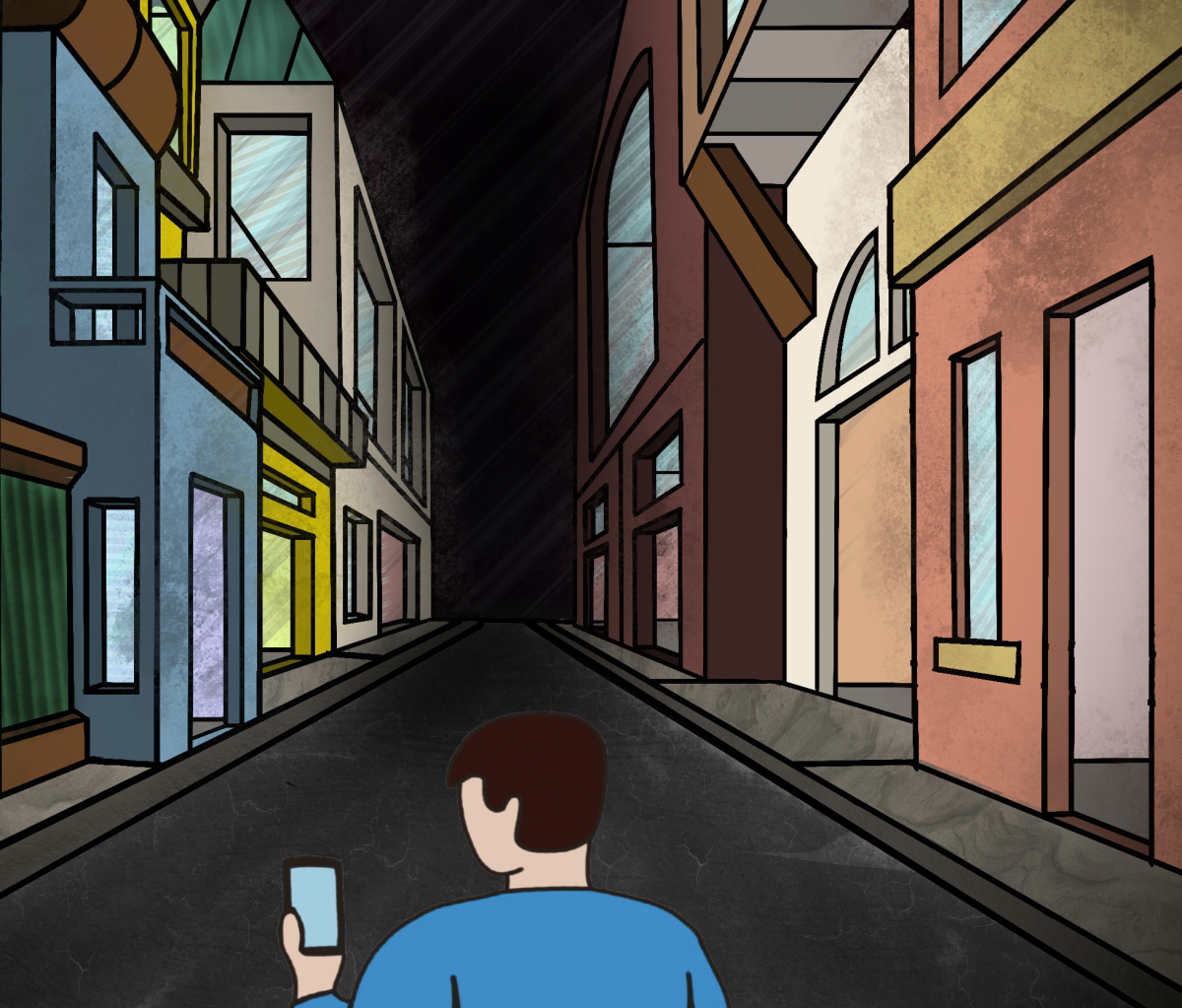The sound of a loud siren starts and students drop under their desks. They cover their neck and hold on. Approximately 30 seconds later, they evacuate the classroom and go to a safe area. Students in California go through earthquake drills periodically. Still, many have never experienced a real earthquake — and few know what causes them.
Two pieces of rock in the ground called tectonic plates moving relative to each other have a fault line in between them, which allows the rocks to move. As these rocks move against each other, they can get stuck. Since the tectonic plates are still moving, this builds up pressure over time, eventually resulting in a slip. These slips are what cause earthquakes.
The bigger the fault, the more powerful its earthquakes can be. The biggest fault line in California is the San Andreas fault, which has been overdue for a big earthquake for several years now. But, there are also multiple other faults in California.
Joseph Kelly, the Instrumental Music Teacher and Performing Arts Department Lead at FHS, describes his experience in the 1989 Loma Prieta earthquake, which was caused by the San Andreas fault.
“[The Loma Prieta earthquake] was scary because it was so much bigger than anything we had encountered,” Kelly said. “The crazy thing about it was going outside and looking left and right, I could see the horizon going up above my head on both sides. I’ve never experienced [another] earthquake where the world felt like that.”
Due to his experience, Kelly wants to make sure his students are prepared for an earthquake. He goes over the procedure for an earthquake in the instrumental room, which has no desks to take cover under, on the day of the drill with every one of his classes. These drills are done annually across all California public schools. This year, FHS had its drill at 10:17 a.m. on Thursday, Oct. 17, 2024 — the 35th anniversary of the Loma Prieta earthquake.
“I definitely feel way more prepared, because the training that we got in school was very, very intensely focused,” Kelly said. “Especially in high school, because it was in the aftermath. The earthquake was [during] the fall of my freshman year. I’m glad that we still do the drills.”
FHS tries to have its drill on the International ShakeOut Day — when millions globally hold earthquake drills. This practice helps students prepare for earthquakes.
“[Students] have associated earthquake drills with drop and cover,” Dean of Students Mayra Valdivia said. “It won’t always be perfect and in a real situation, we might not know someone’s full social-emotional state. However, adults have been doing it for a long time, [and students] have been doing it probably since first grade onward, so there is familiarity with the process.”
The school also prepares in other ways, such as supplying classrooms with an emergency bag and making systems to communicate with parents. However, this is in case injuries occur, even though the goal of preparation is to avoid them. Ultimately, this can be done by paying attention during drills.
Practicing the full drill is really important; students staying with their teachers and leaving their belongings behind during a drill makes it easier to do so during a real evacuation. Objects can be replaced, but lives can not.


